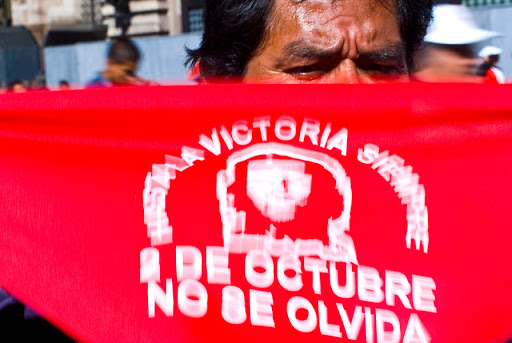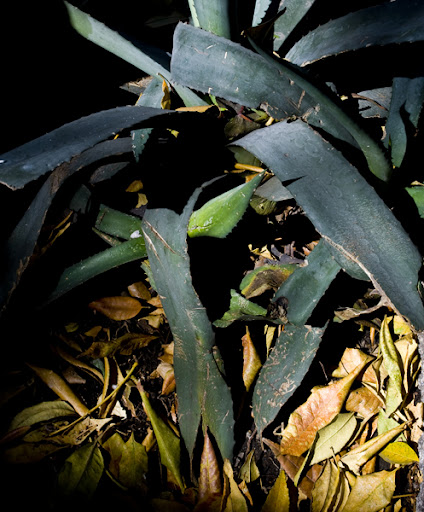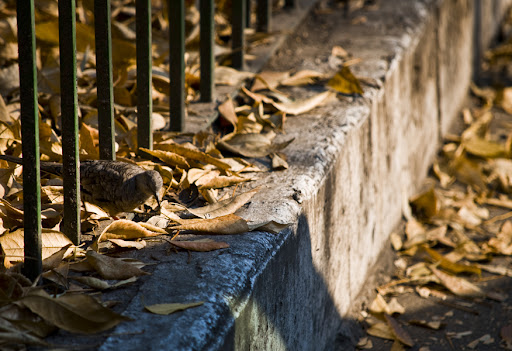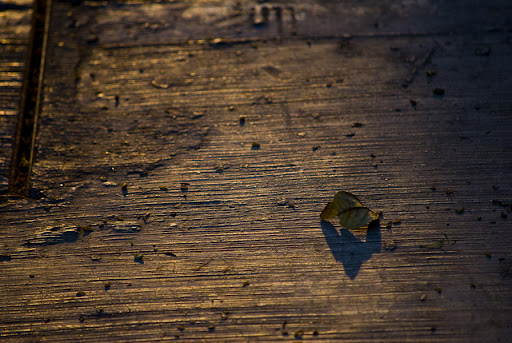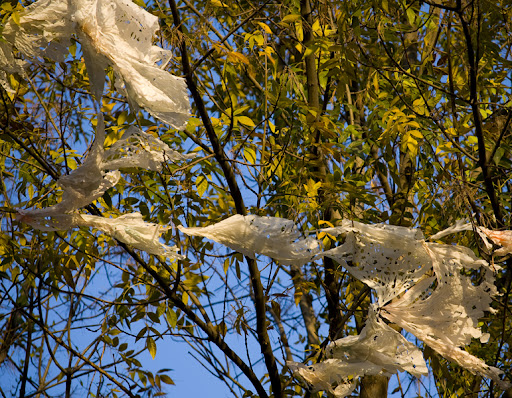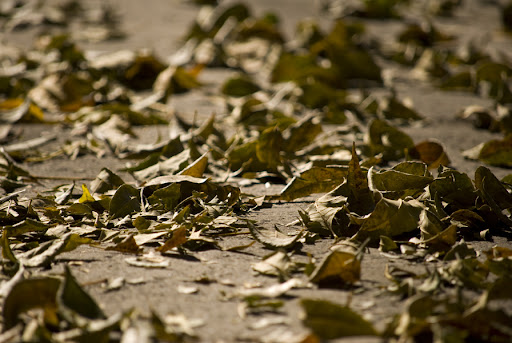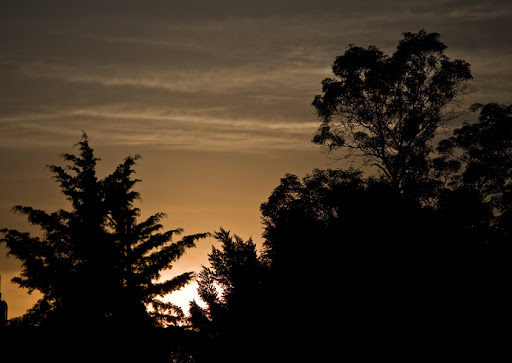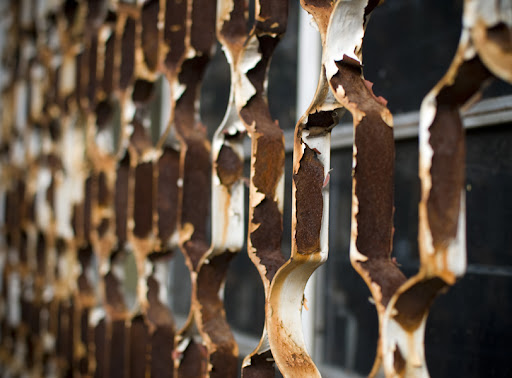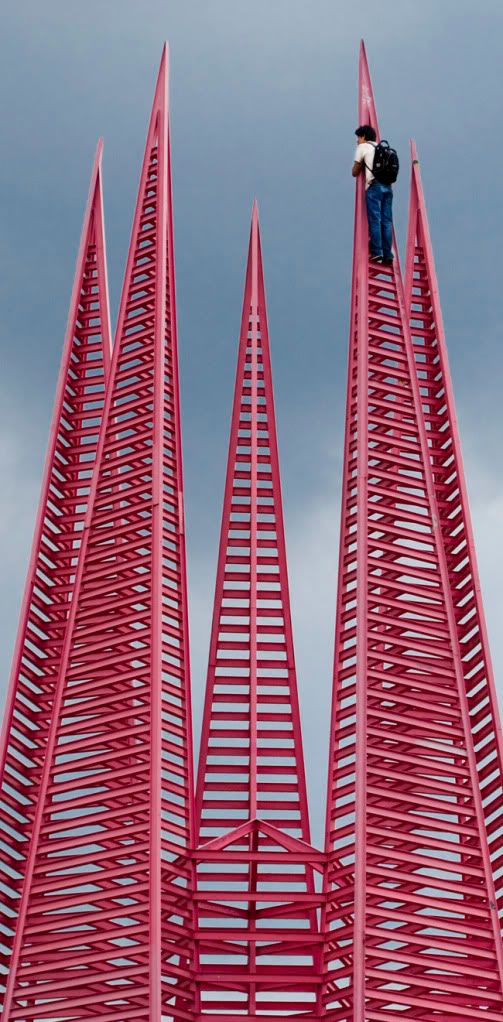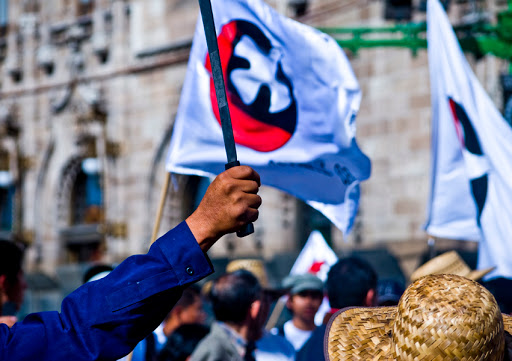
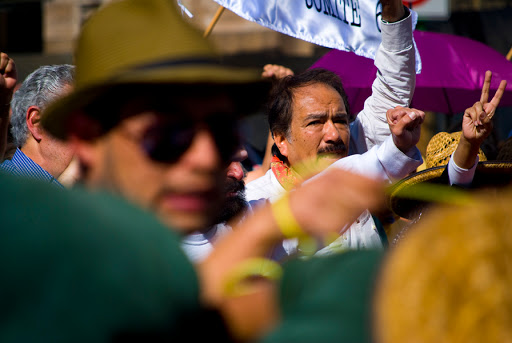
Remembering is more than simply not forgetting. Commemoration is a process that inherently recreates, distorts, and defines history. Personal experiences are extruded through the mesh of collective memory and ideals are refracted through the lens of contemporary events. Remembering consists of creating new meaning, and for the participants and heirs of past struggles it is by investing symbolism in a sacrosanct reference point that identities are created and sustained.
Saturday marked the anniversary of the 1968 massacre of protesting students in Mexico City's Plaza de las Tres Culturas. The march that flowed down central avenues and into the Zocalo was not a memorial for the victims but a living affirmation of a protest identity. Students intermixed with campesinos and miners, chants of "no se olvide" ("do not forget") combined with diatribes against yankee imperialism and a sell-out government. Nearly every social movement that had clashed with the government carried a banner, while chanting universitarios attempted to claim the mantle of 1968. Bandanna-covered faces and an overwhelming police presence created an ominous atmosphere, yet ice cream vendors rolled their carts along the side of the march and puzzled children watched from the crowd, asking their parents if the protesters were supporting Emiliano Zapata.
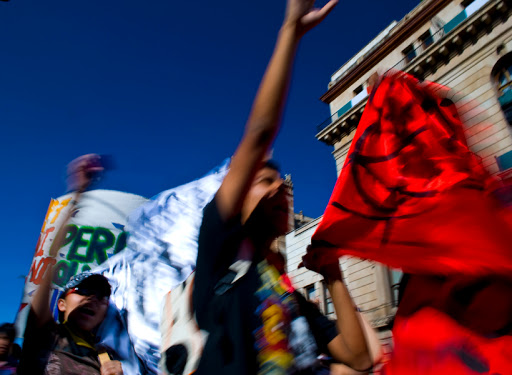
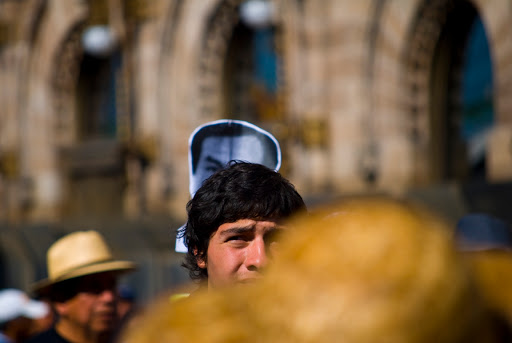
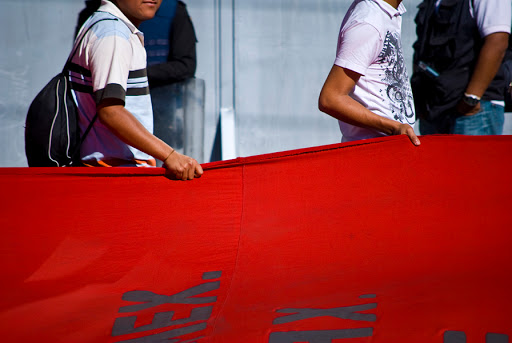

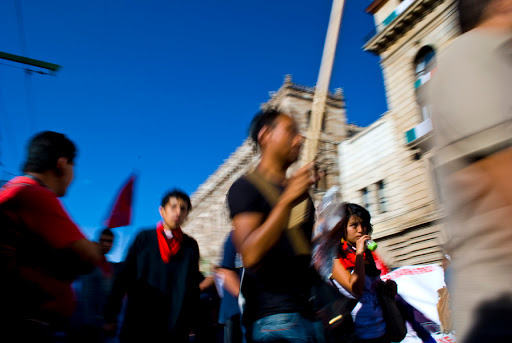
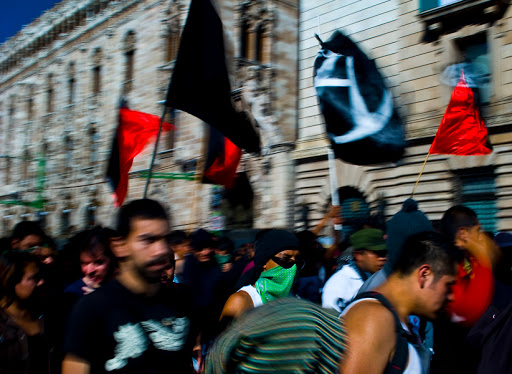
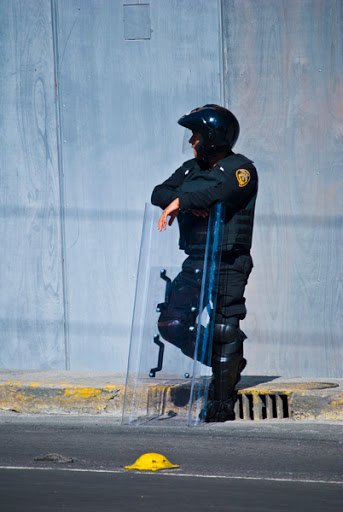
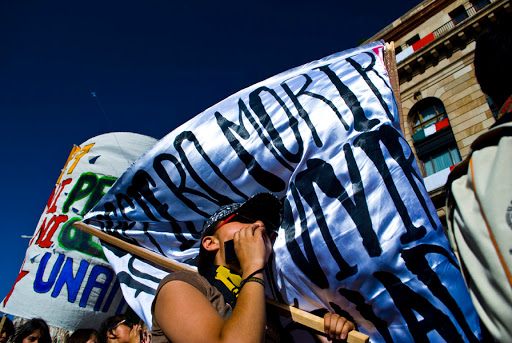
The 1968 movement, and its tragic denouement, are often cited as the birthplace of Mexico's democratization. While this perspective radically exaggerates the long term importance of the student movement, the protest identity that congealed in that moment remains an actor on the country's political stage. Yet wrapped in the flag of past struggles and faded icons, it is unclear where these groups fit in the country's future.
